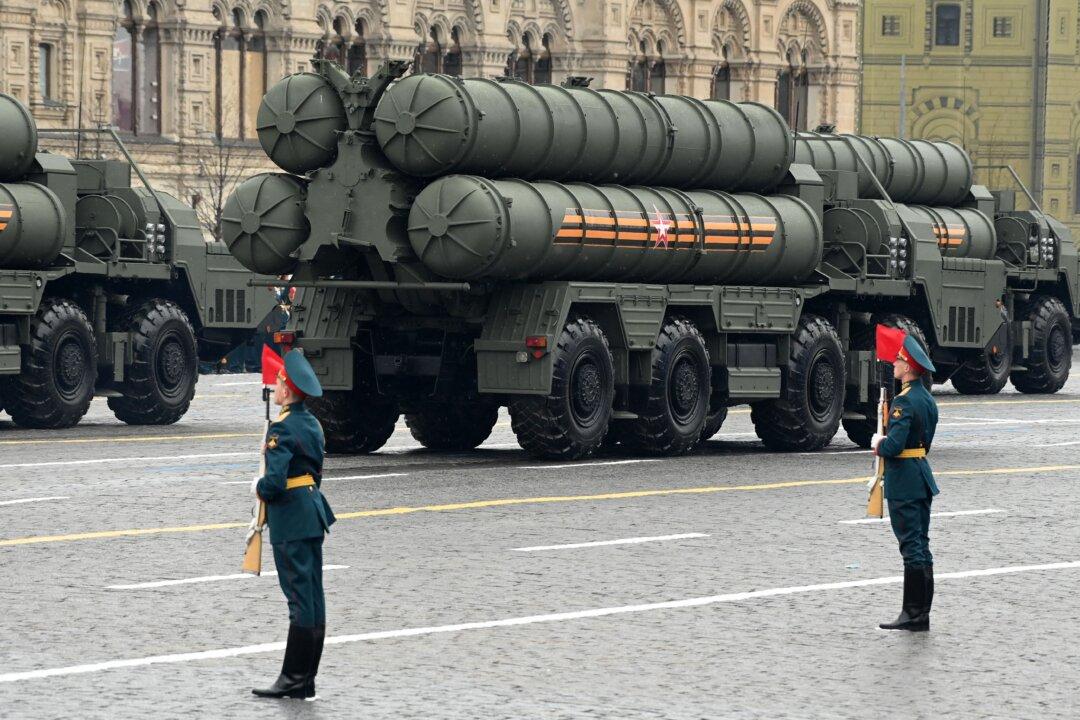News Analysis
NEW DELHI—China has deployed the Russian S-400 air-defence system in its airbases in Xinjiang and Nyingchi in Tibet. Both these air bases are just across the de facto border with India in Ladakh and Arunachal Pradesh, two Indian territories that China claims. Experts said this deployment is to intercept India’s maneuvers and to keep India under check.





